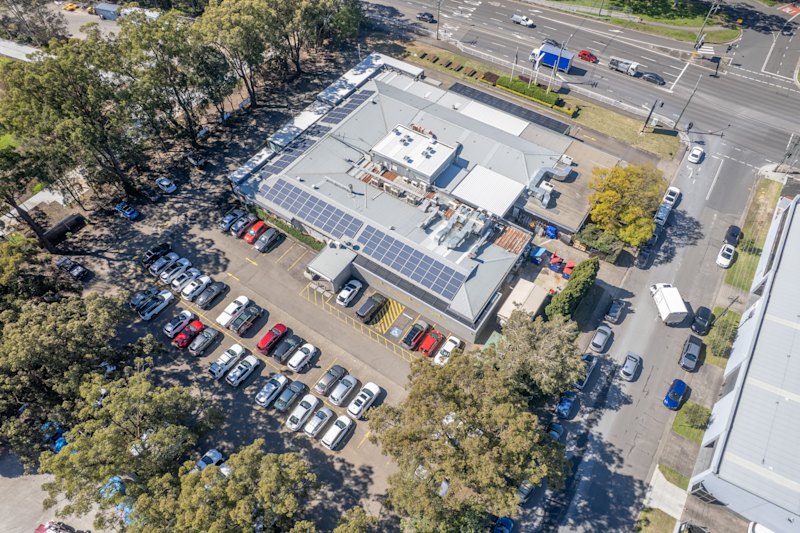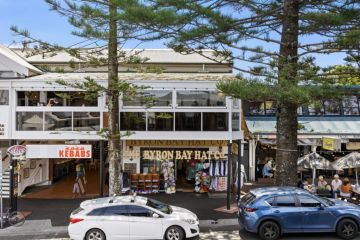What you need to know before installing an outdoor shower
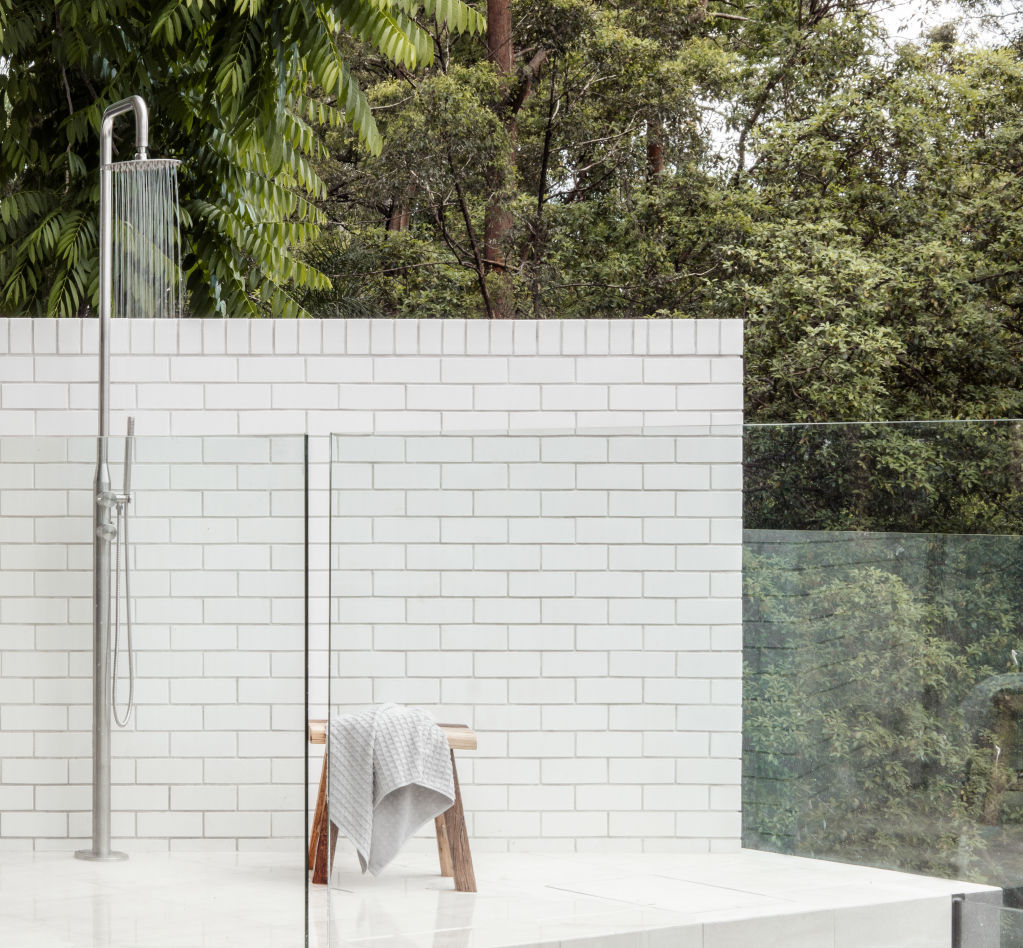
When Adam Crowe renovated his Sydney home in 2007, an outdoor shower seemed superfluous – even to a household with four guys who surf in all seasons. But his architect insisted.
“He was also the captain of our surf club and he said, ‘You have to have an outdoor shower!’” Crowe says.
“So, we got one, and it’s fantastic, especially in winter when you’re not able to take your wetsuit off at the beach. You arrive home, get under that hot shower and the wetsuit comes off very easily. I would say our winter use is stronger than our summer use.”
Soothing, enticing and eminently practical, an outdoor shower helps keep the house clean and dry – a blessing for the owners and renters of coastal homes and holiday lets.
“People wash their dogs in them, and they wash sand off themselves rather than trailing it into the house,” says Craig Morris, a plumber of 39 years’ experience servicing Phillip Island, south-east of Melbourne.
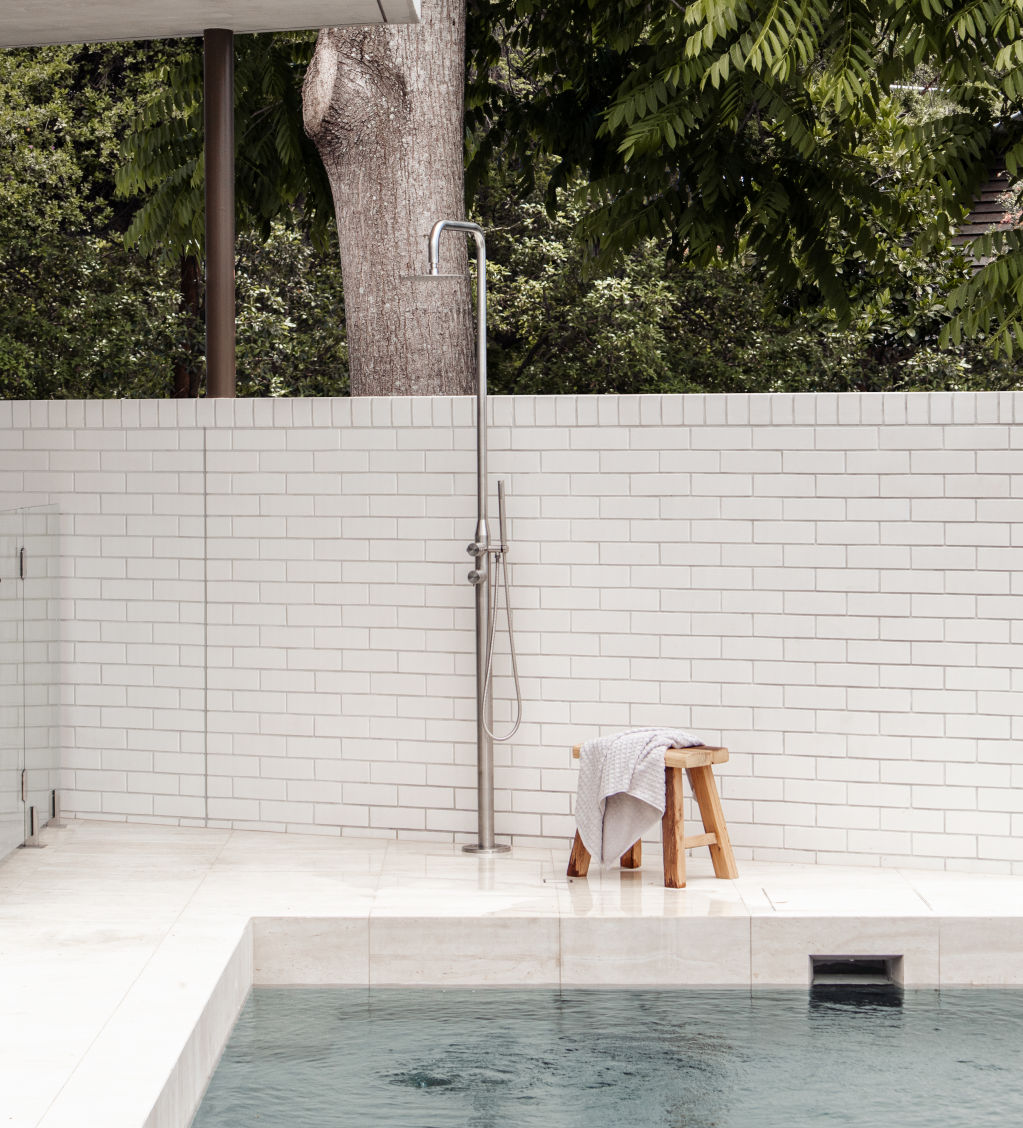
“We recently did an outdoor bathtub,” he says. “It sounds crazy, but if the owners want to go out in the middle of winter and have a bath while gazing up at the clouds, then, fine.”
If you’re thinking of adding an outdoor shower to your home or including one in a garden design, here are some key considerations.
Tapware
Marine-grade 316 stainless steel is the gold standard for outdoor showers. Morris says indoor tapware can be used outdoors but needs to be replaced regularly.
“If you put in basic indoor taps, then, after four or five years, they’re not looking too good; salty air will deteriorate them.”
Durable tapware was the ambition of Queensland company ABI Interiors, whose Sola Collection of marine-grade stainless steel tapware and showers is specifically suited to outdoor conditions.
“It’s an exceptionally durable material, which ensures protection from the elements,” says ABI co-founder Luli Farrell. “Everything in our Sola Collection is suitable for outdoor use, as the products are made with 316 stainless steel, which is a reassuringly lead-free material too.”
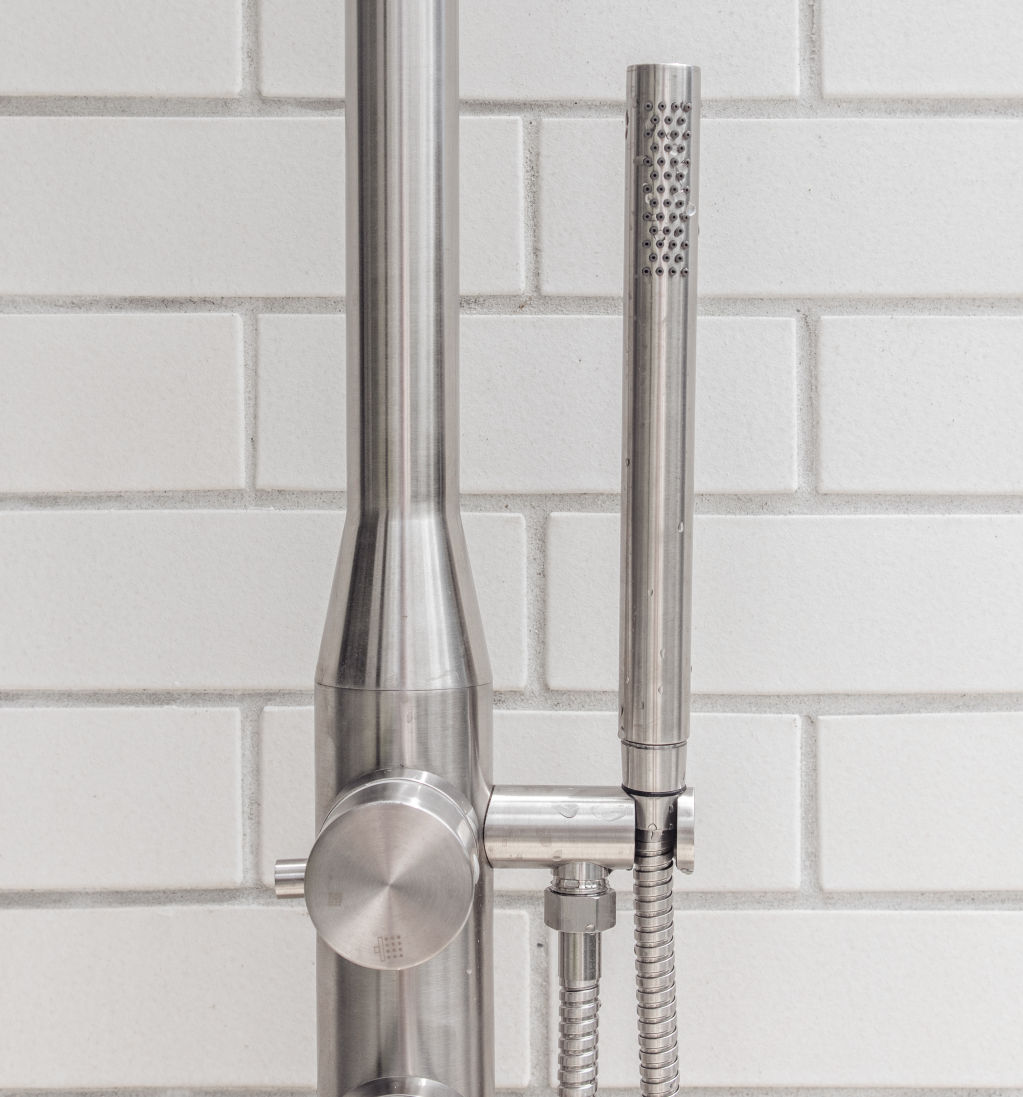
The collection includes a wall-mounted spout, a minimal mixer and a shower range.
“At ABI, we strive to not only keep innovating our current collections but to constantly seek cutting-edge technologies that can help support the modern world,” Farrell says.
Drainage
Regulations vary from state to state, but in general, an outdoor shower needs to drain to the main sewer system and not to stormwater or the garden.
In Queensland, if the outdoor shower has hot and cold water, it must have a roof and a grated drain that connects to the sewer. In NSW and Victoria, outdoor showers – and the run-off of soap and shampoo – must discharge to sewerage.
Cost
You can expect to spend at least $2000 to $3000 on a simple, wall-mounted shower with a main sewer connection, Morris says. Difficult instalment conditions can add to the labour costs.
Showers with marble tiles, shrouded in custom-designed greenery, can push the price beyond $5000. Expect to pay significantly more if your shower is well away from the main household sewer line and requires extra plumbing.
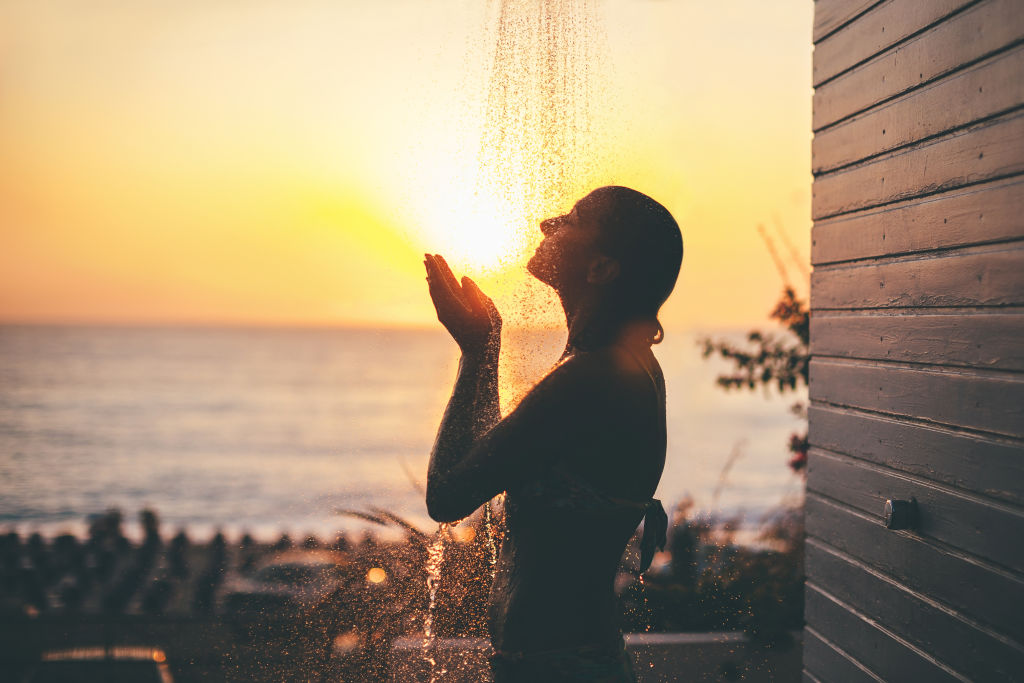
ABI aims to reduce costs with its outdoor range, Farrell says.
“Our outdoor shower set has been designed to be easily installed and reduce plumbing labour costs,” she says. “However, it may require permission to add additional water points to your property. We suggest checking with your local council just to be safe.”
Screening
A shower tucked down a side passage, between a wall and a fence might need only a timber or planted bamboo screen for privacy, says landscape design consultant Mark Curtis of Secret Gardens, which creates lush landscapes in Sydney’s coastal and harbour suburbs.
“You need to be aware of what the site presents,” he says. “Are you on sandy soil? Are you facing full sun? Is it a narrow passage down the side of a house? That will influence what plants are suitable.

“Generally, evergreens that grow tall and narrow, and plants that don’t mind getting wet periodically, are useful. We tend to use ginger, ladyfinger palms, cordylines and blue bamboo.
“We avoid intimidating plants such as cactus, bulky vegetation that needs pruning, or anything dark, spidery and uninviting. I’d think twice about taking a shower with creepy-crawlies.”
We recommend
States
Capital Cities
Capital Cities - Rentals
Popular Areas
Allhomes
More



